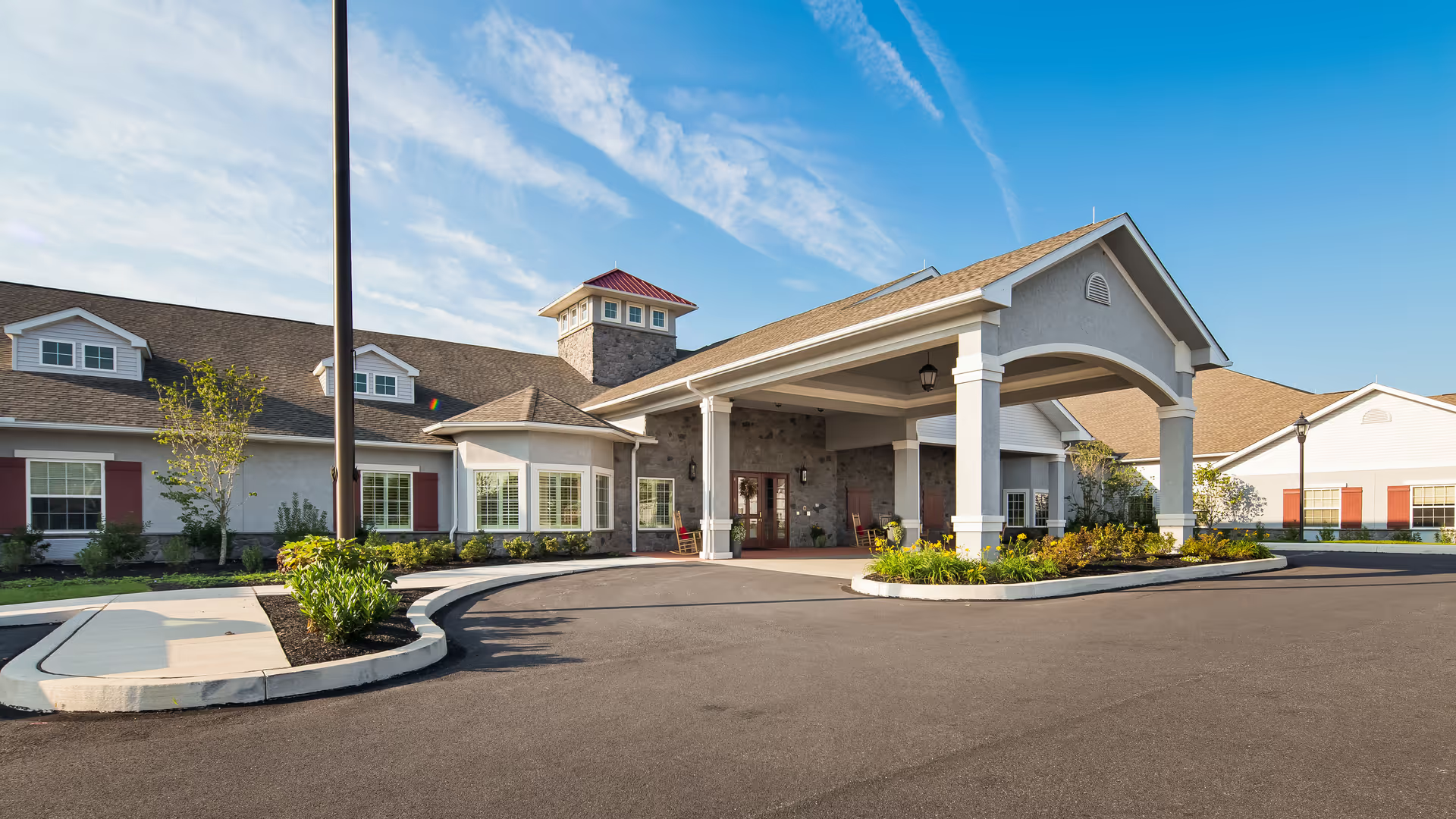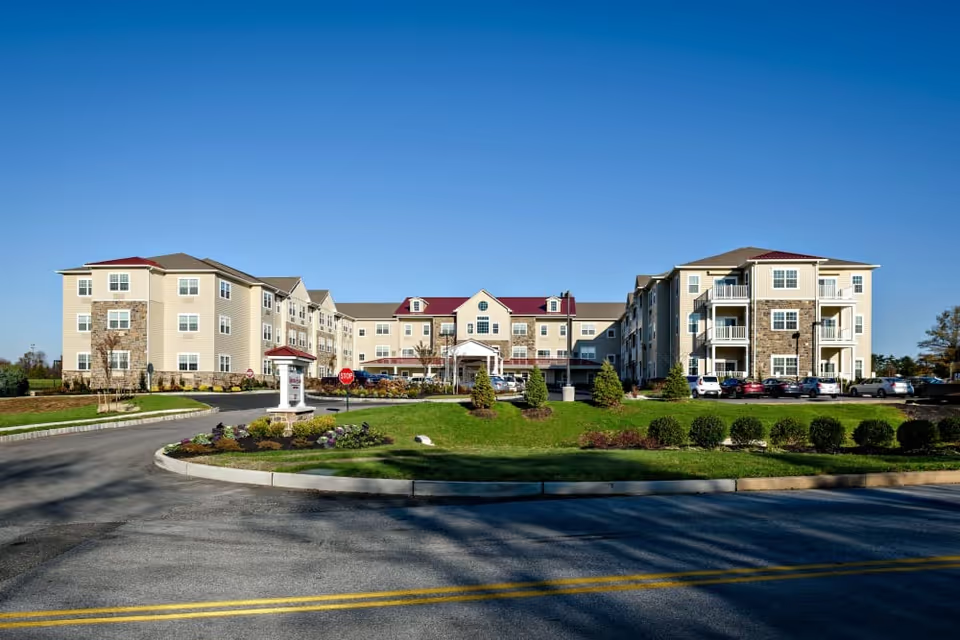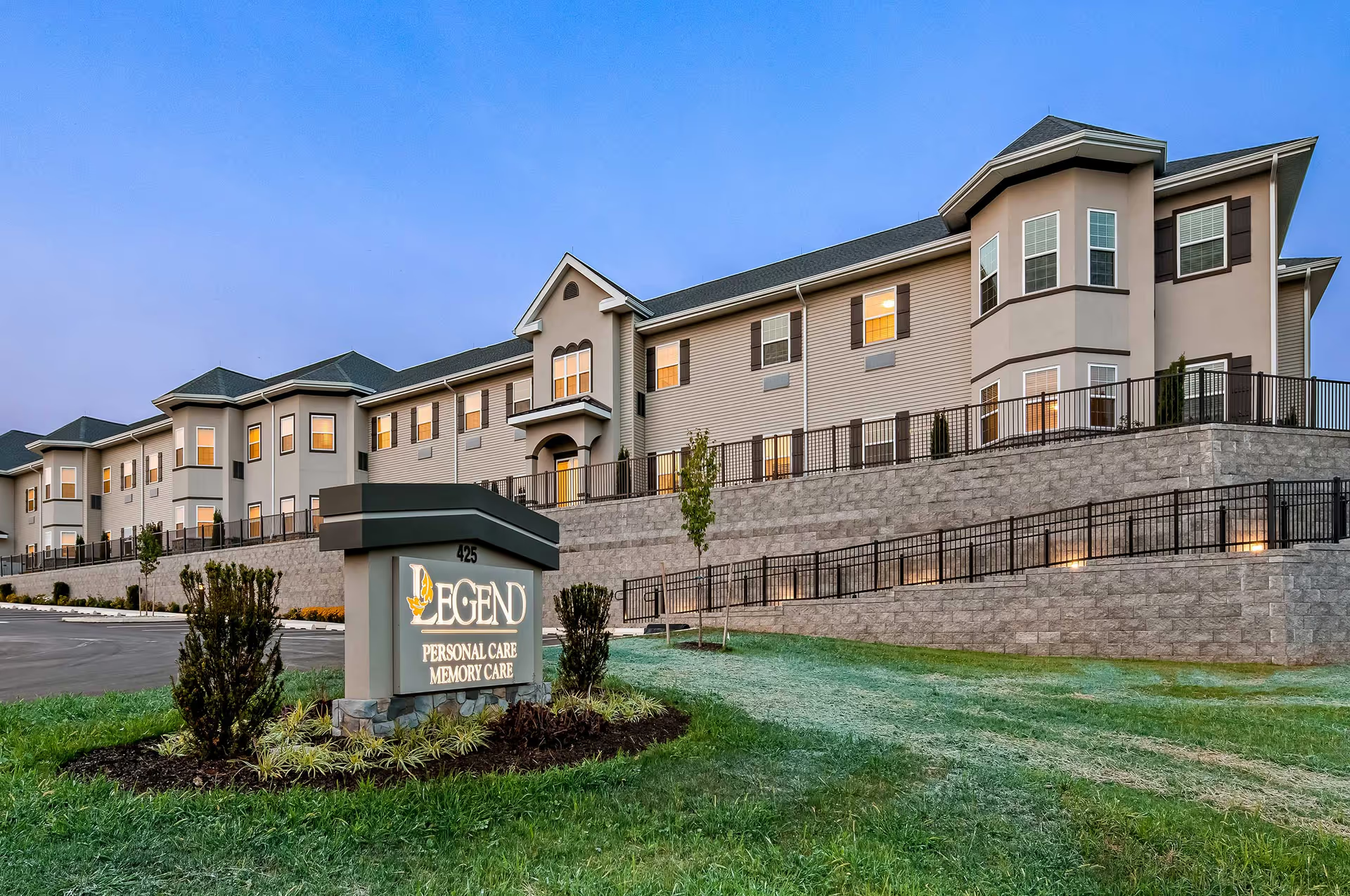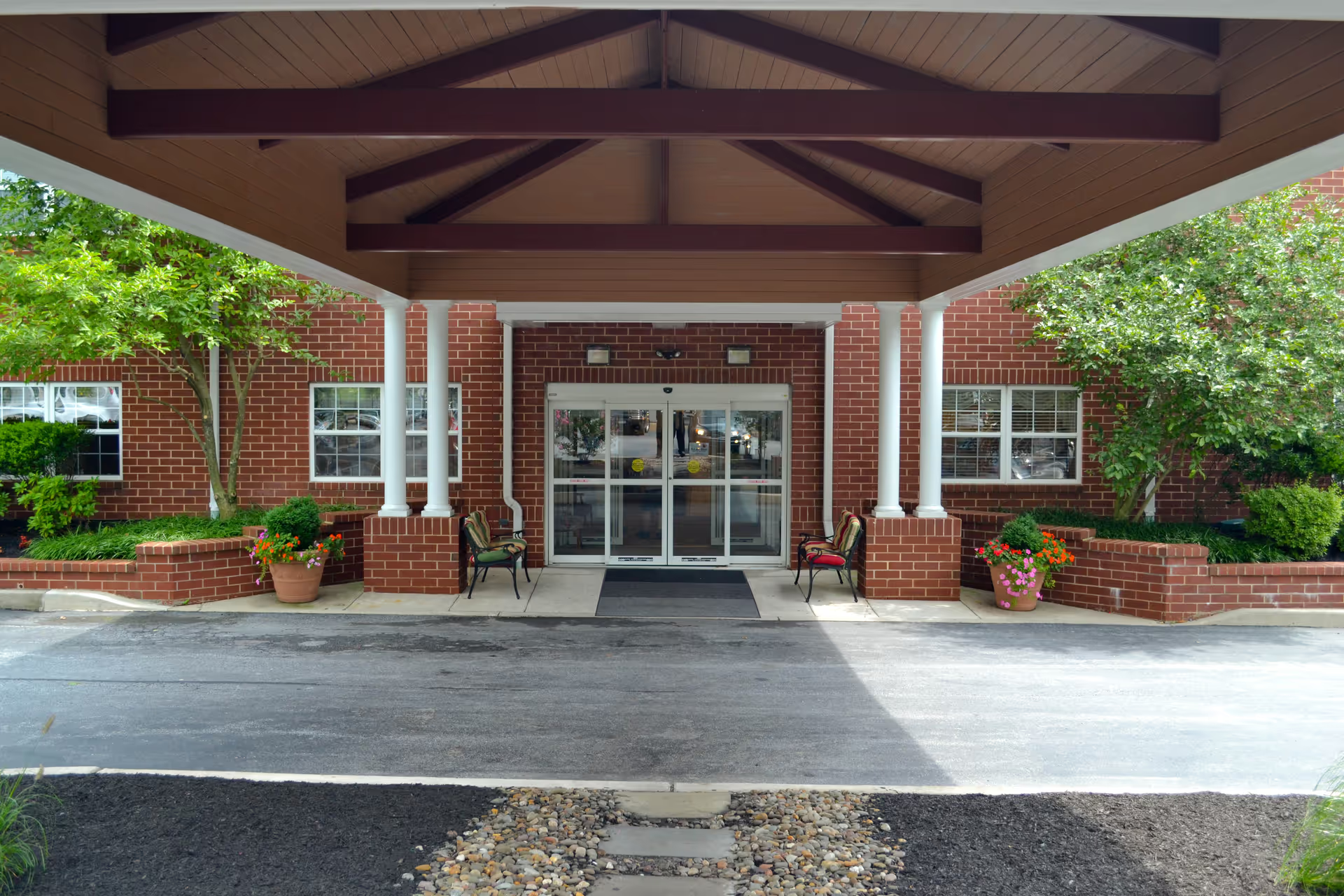Overall sentiment about Brook Stone Living Center is highly mixed and polarized, with clear clusters of strongly positive and strongly negative experiences. Many reviewers praise the facility for cleanliness, competent nursing care, compassionate employees, family-oriented culture, and certain staff members who are singled out by name for exemplary care. Conversely, other reviewers describe a substantial decline in quality tied to management and staffing changes, reporting instances of neglect, inadequate wound care, hygiene failures, and unsafe practices that required family intervention.
Care quality is one of the most divisive themes. Positive accounts emphasize skilled nursing, trained staff, specialty equipment handling, and prompt advocacy in crisis situations—reviews noting fast, knowledgeable responses and a ‘‘home-like’’ atmosphere where residents are treated like family. Several families describe the facility as the best fit for their loved ones, citing large staffs who check on residents and individual caregivers who go above and beyond. At the same time, negative reports describe serious lapses: residents left lying flat after meals (aspiration risk), soiled briefs that preceded urinary tract infections, worsening bedsores without dressings, missing medication lists or paperwork, and hospice nurses being forced to scramble to get basic information. These safety-related complaints are significant and recur across multiple reviews.
Staffing and management emerge as another core tension. Positive reviews highlight compassionate, helpful, and professional caregivers and name staff members who earned trust and gratitude. Negative reviews paint a different picture: understaffed CNAs, poor staff morale tied to low pay and lack of incentives, rehiring of previously problematic employees, and instances of rude or unprofessional behavior. Several reviews attribute declining care to management turnover or budget-cutting by a private company; others accuse management of dishonesty or corruption. This split suggests that resident experience can depend heavily on which staff and managers are on duty at a given time.
Facility condition and environment are described in mixed terms. Many reviewers call the facility very clean, note cosmetic updates, and praise the lack of bad smells and the existence of spacious rooms. Others describe an aging building with visible structural damage, resurfacing cracks, and reports of messier, less sanitary areas. Comfort-related issues appear too: some residents need extra bedding or egg-crate cushions brought from home, meals are sometimes served warm rather than hot, and at least one report mentions no air conditioning during summer. Activities and dining receive generally positive notes—tasty, varied food with diabetes-friendly options and accessible activities such as bingo and church functions—but meal temperature and occasional quality inconsistencies are present.
Safety, administrative coordination, and trust are recurring concerns for detractors. Reports of alleged theft (a wedding band), nurses hanging up on callers, delays in pain management, missing documentation, and hospice coordination problems contribute to a loss of trust for some families. A number of reviewers explicitly recommended finding alternative facilities, while others emphasize that with proper oversight and involvement the facility can provide good care. The range of experiences suggests uneven policies or inconsistent implementation of care standards.
In summary, Brook Stone Living Center offers notable strengths—cleanliness in many reports, dedicated and skilled caregivers, family-style culture, and useful resident activities—while also showing concerning weaknesses tied to management, staffing, and safety practices in a significant subset of reviews. Prospective residents and families should weigh the polarized feedback carefully: check current staffing levels, ask about turnover and management changes, verify wound care and medication documentation procedures, inquire about recent inspections or corrective actions, and, if possible, meet the specific caregivers who will work with their loved one. For some families the facility is an excellent, home-like choice; for others the inconsistent care and safety-related incidents have been serious enough to warrant moving residents elsewhere.







